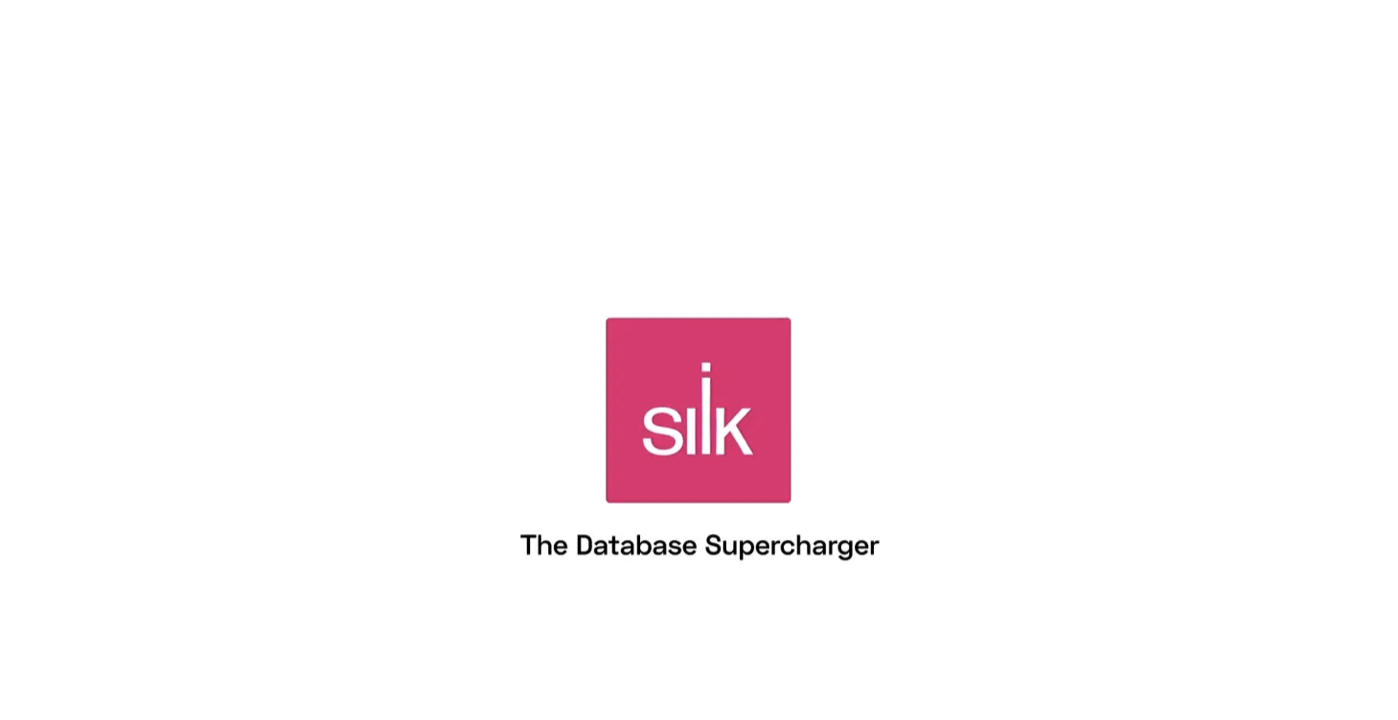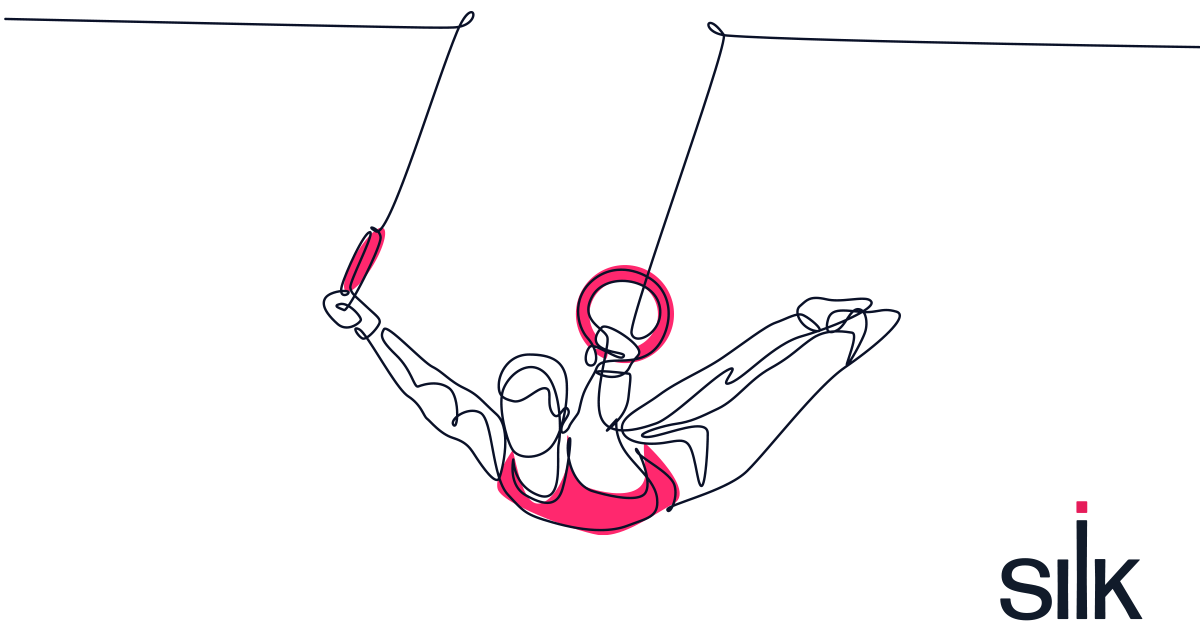What is a Cloud Database?
A cloud database operates on a platform powered by a cloud service provider. There are numerous cloud service providers including Microsoft Azure, Google, and Amazon Web Services. These companies allow their customers the flexibility of supporting their database in the cloud. The database itself is a collection of information that can be either structured or unstructured. The information in the database is housed on a virtual machine that is accessed solely via the internet, instead of via local servers. Local servers provide access to the database through a local (on-premises) computer system. Conversely, a cloud database provider allows the customer and their users to access the cloud database from the cloud platform via an internet connection. The cloud platform is a collection of virtual machines.
Since the cloud database is hosted in a virtual environment, the user can provision (request) as many virtual machines as needed from the cloud platform. For larger cloud databases, the user can provision more virtual machines. For smaller cloud databases, the user can provision fewer virtual machines. In this way, a cloud database can be cost effective since the user only pays for the cloud resources that they need, only when they need it. In contrast, the costs of a local server must be paid upfront and are ongoing regardless of utilization.
Due to the virtual nature of the cloud, optimal access to the cloud platform can be challenging. The cloud platform is a shared environment by design. As such, the cloud service provider regulates (or throttles) your ability to interact with the cloud, which impacts performance. Alternatively, you can purchase a single-tenant cloud environment that is not shared with others. However, single-tenant cloud environments are very expensive.
With Silk, the user is able to access their cloud databases with the same level of performance as on-premises servers or better. The Silk Cloud Platform acts as the interface in between the user’s cloud databases and the cloud platform. The user simply deploys Silk onto their cloud environment. Then, Silk optimizes the user’s cloud database experience by supercharging the cloud database access pathway.
For users with very large or multiple cloud databases, Silk reduces the need to provision additional virtual machines via a process called data compression. Normally on the cloud whenever the user needs to back up their cloud databases, a new virtual machine or set of virtual machines must be provisioned to support the replica that is generated. Silk uses a patented snapshot process to create instant copies of your cloud database called zero-footprint clones, eliminating the need to provision additional virtual machines.
Data intensive workloads, such as Oracle and Microsoft SQL Server, are critical to the success of businesses. These mission-critical workloads process frequent queries and batch jobs from multiple users. The cloud infrastructure that these mission-critical workloads rely on need to limit interruptions to continuous service, a condition known as high availability. Other software applications and databases that process frequent transactions from multiple users include SQL databases, noSQL databases, and relational databases. Data requests, queries and other frequent transactions when executed in the cloud suffer from extended delays known as latency. Silk reduces the latency associated with using the cloud platform by providing scalable high-performance options via the Silk Data Pod. The Silk Data Pod allows the user to increase performance in real-time without the need to provision additional virtual machines.
Another unique feature of Silk is that applications that have been designed for on-premises servers don’t need to be refactored – or rearchitected – to be accessible in the cloud. Silk allows the original application to be lifted and shifted to the cloud while still getting high performance and availability.
Cloud Database FAQs
What is a Cloud Platform?
A cloud platform is the infrastructure that supports cloud databases. A cloud database provider allows the user to access their data on the cloud platform. Microsoft Azure, Google Cloud Platform, and Amazon Web Services are examples of cloud database providers.
What is a SQL Database?
A SQL database is a popular platform that allows the user to run queries using the SQL language to gain insights from their data.
What is a Relational Database?
In a relational database, data is arranged in tables that can be accessed using SQL queries.
What is a noSQL database?
As its name suggests, a noSQL database is not a relational database and does not use SQL to run queries from the database. Instead, the data in a noSQL database is stored as documents, not tables as in a SQL database.
What is Database Latency?
Latency is the tendency for applications and databases to run slower. The Silk Cloud Platform allows the user to run their databases with performance that matches or even exceeds that seen with an on-premises server with sub millisecond latency.
What is Database Throttling?
Throttling is the regulation of access to data in the cloud by the cloud service provider. The cloud is a shared environment by design. Cloud service providers place limitations on the levels of access to the cloud for the benefit of all its customers. Silk overcomes this limitation by supercharging the access pathway to your cloud database.
What is a Virtual Machine?
A virtual machine is the unit within the cloud that houses the data contained within a cloud database.
How Do You Back Up a Cloud Database?
The data contained within a cloud database is supported on virtual machines. Whenever the cloud database needs to be backed up, additional virtual machines need to be provisioned (or requested) to house the replica generated from the backup. Silk eliminates the need to provision additional virtual machines by using patented zero footprint clones. These clones can be easily called up to restore your cloud database when needed.
Related Terms:
Cloud Data Center
Cloud Data Management




